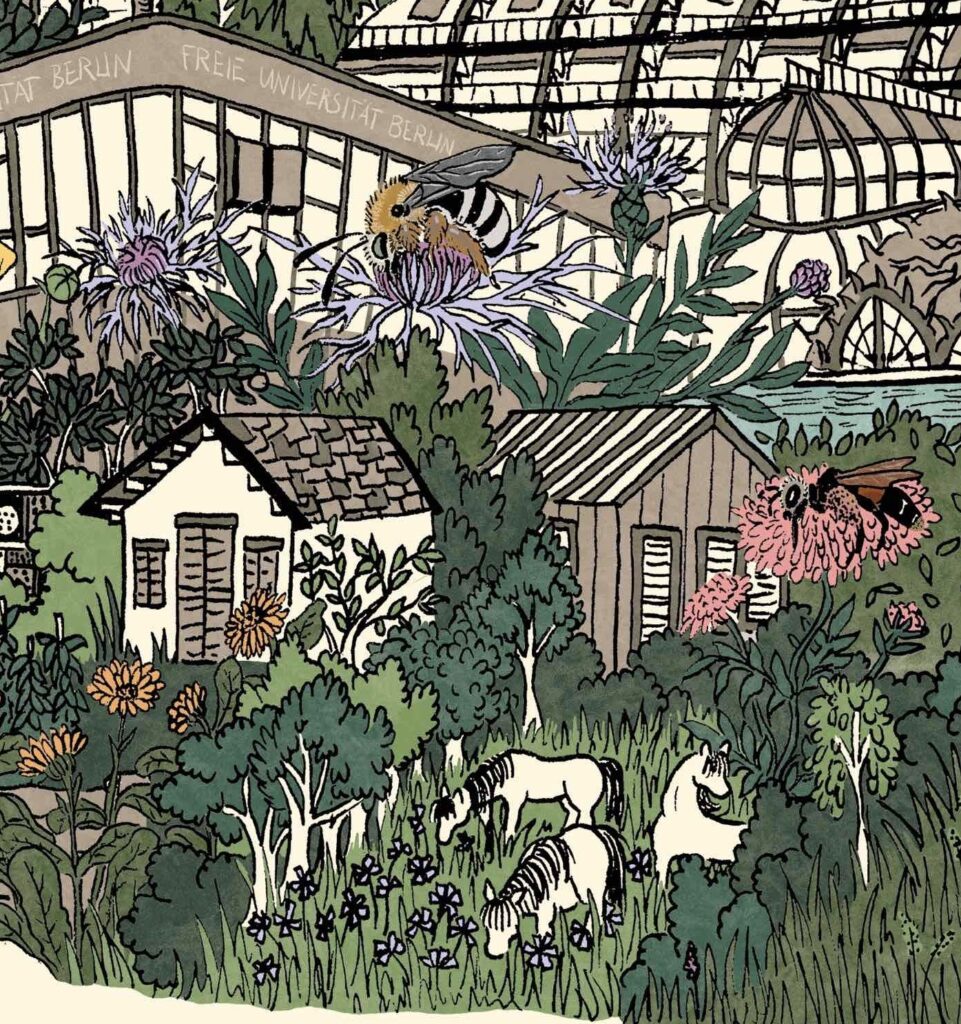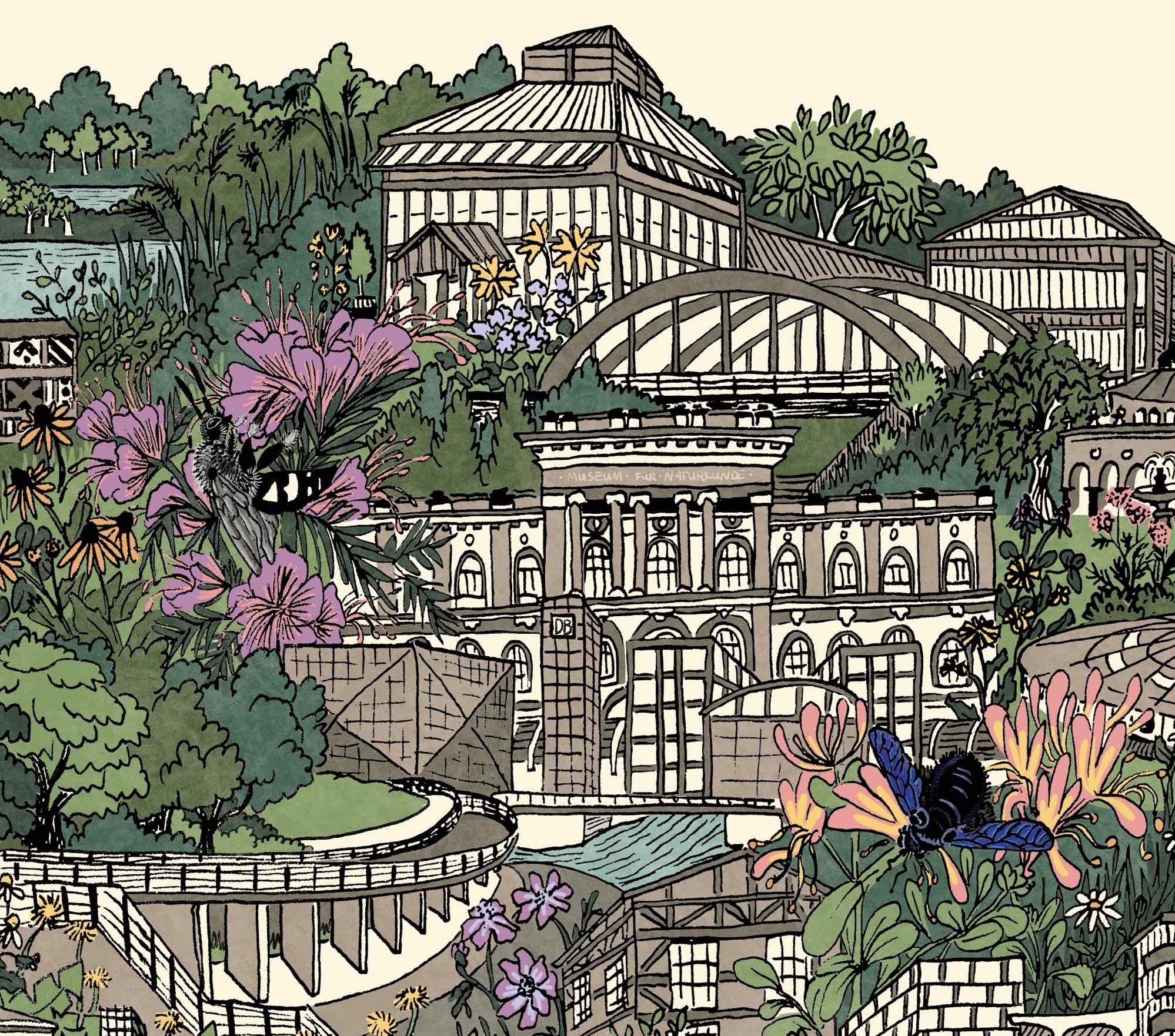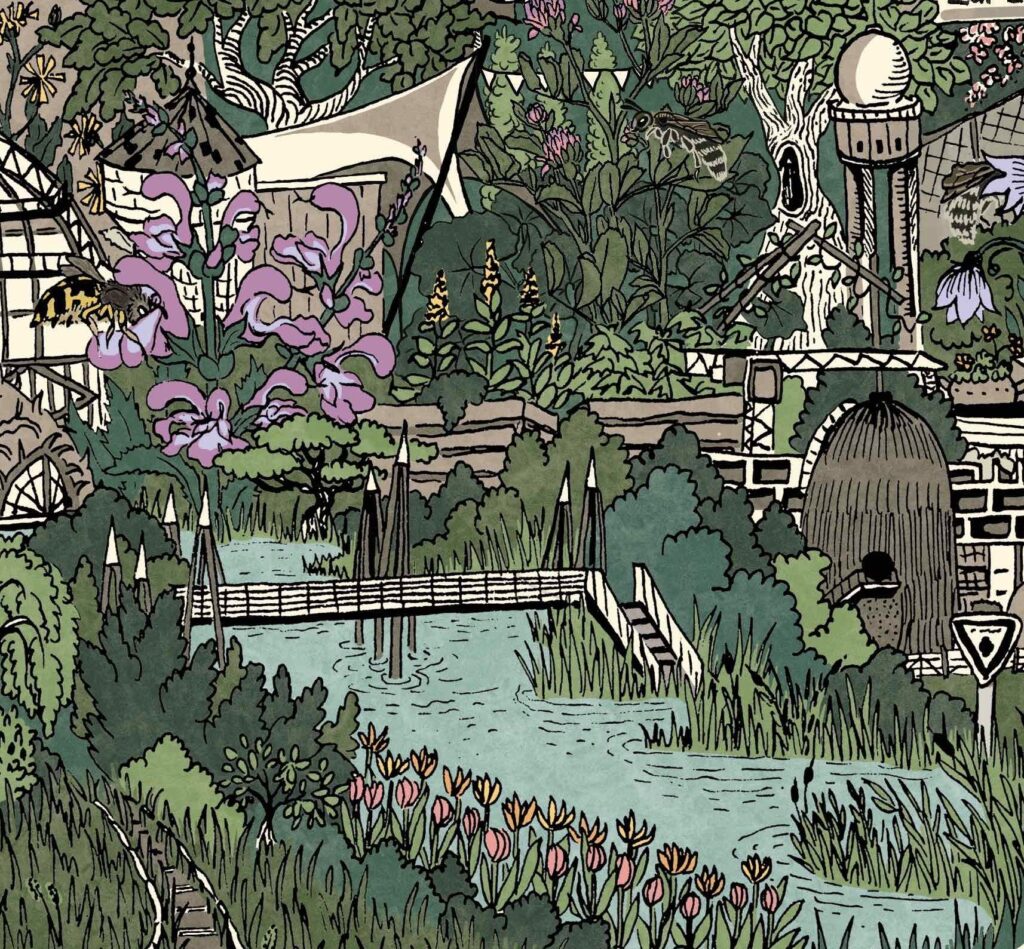Wild Bees in Berlin
A map of the city showing the places where wild bees thrive, where they are threatened, or where there is still green potential to create new habitats for wild bees and other pollinators.
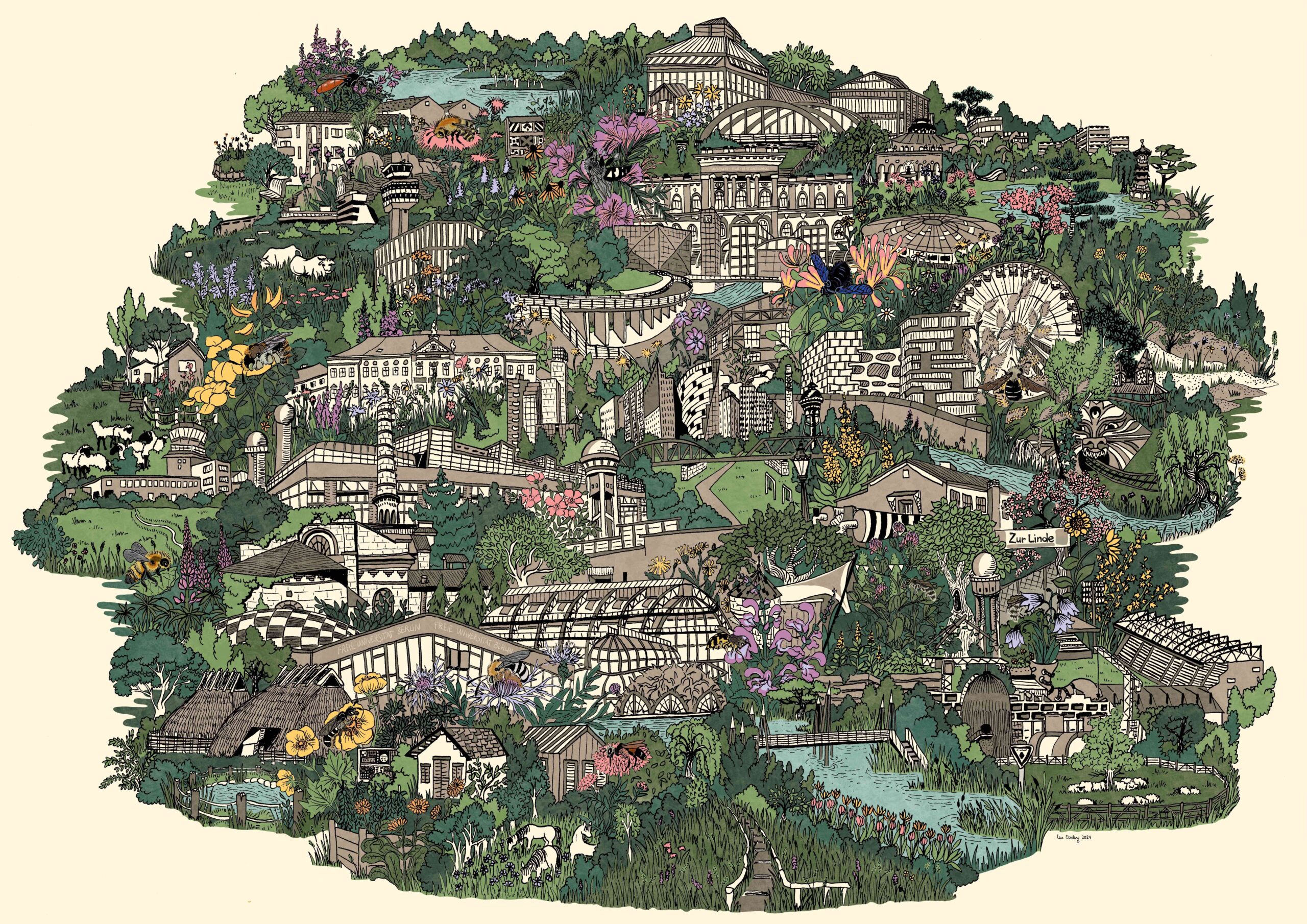
Forum for the Maintenance of Urban Green Spaces
At the first forum on biodiversity-promoting maintenance of urban green spaces on May 8, 2024, 110 stakeholders in Berlin's green space management met at the Urania Berlin to network, exchange ideas, and discuss how biodiversity in Berlin's green spaces can be preserved and promoted. Following the slogan "From green to colorful," experts from various fields in research and science, applied nature conservation, environmental education, and practical green space maintenance, employees from the senate administration, the district nature conservation and green space offices, as well as interested citizens from all twelve districts, came together.
Over the course of the day, nine focus groups discussed various topics, such as wildlife- and insect-friendly mowing, urban grazing, environmental education, and biodiversity-promoting green space maintenance.Click the link for further information on the event: https://www.wildbiene.org/news/forum-pflege-urbaner-gruenflaechen
I was invited to work with the stakeholders to identify places in the city where there is enough food and nesting sites for wild bees to thrive, but also lost places that have been sealed or built on, and places that have the potential to become wild meadows and other bee-friendly habitats.
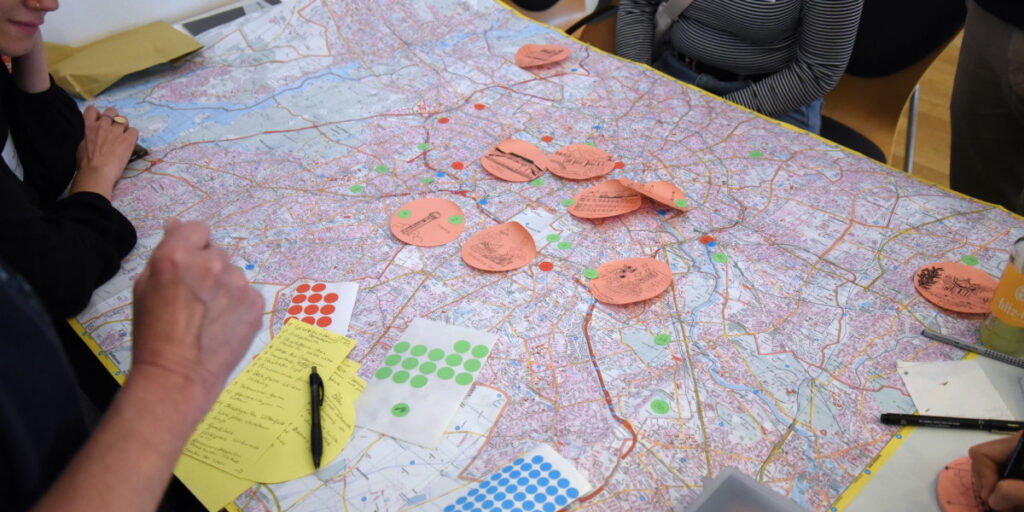
While the guests marked the places on the map, I made sketches and attached them.
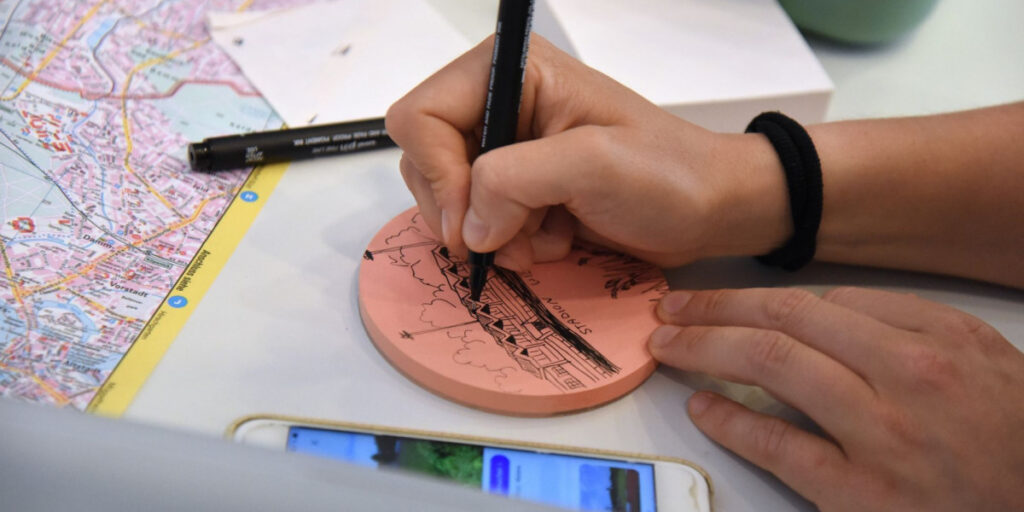
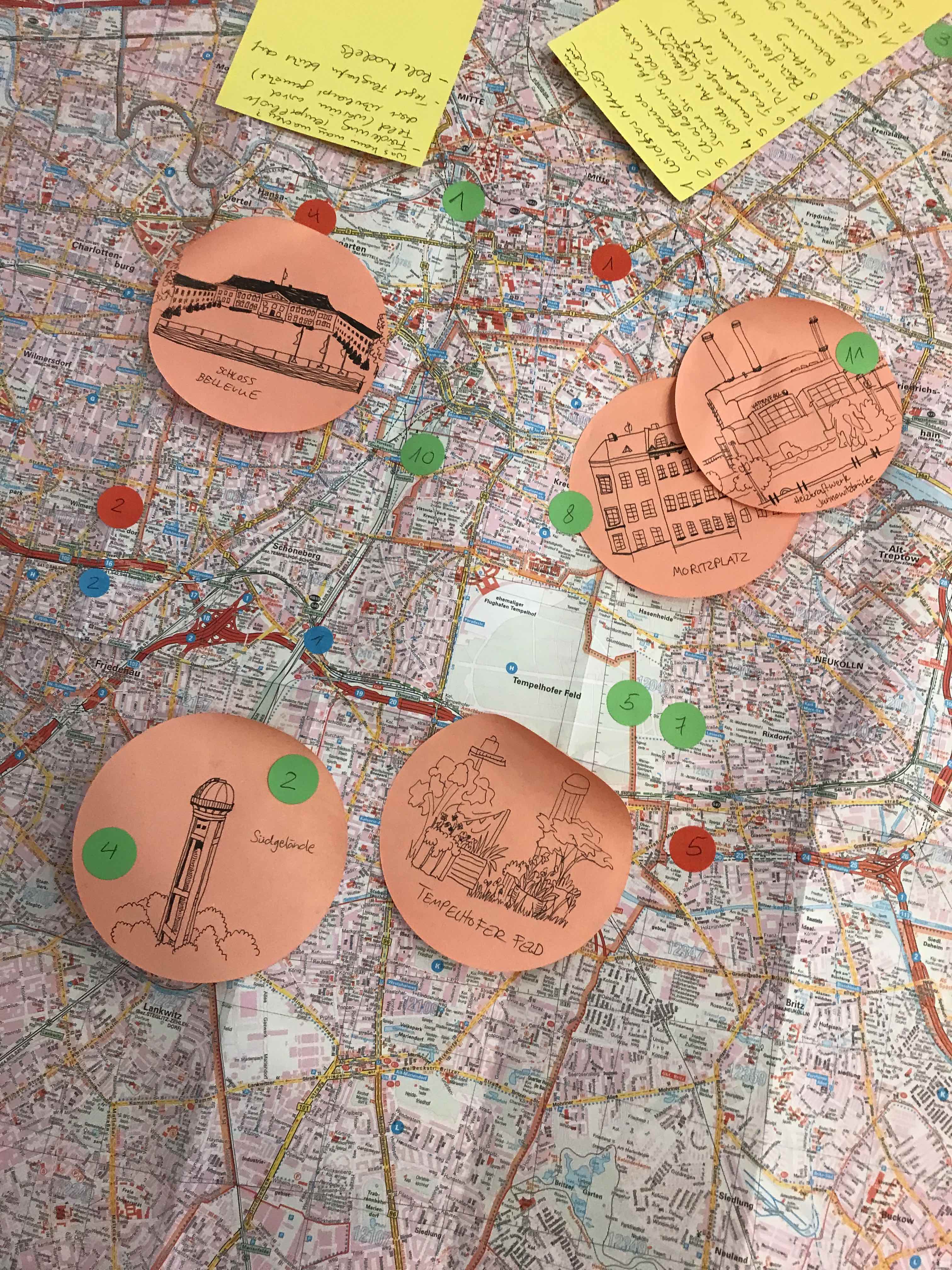
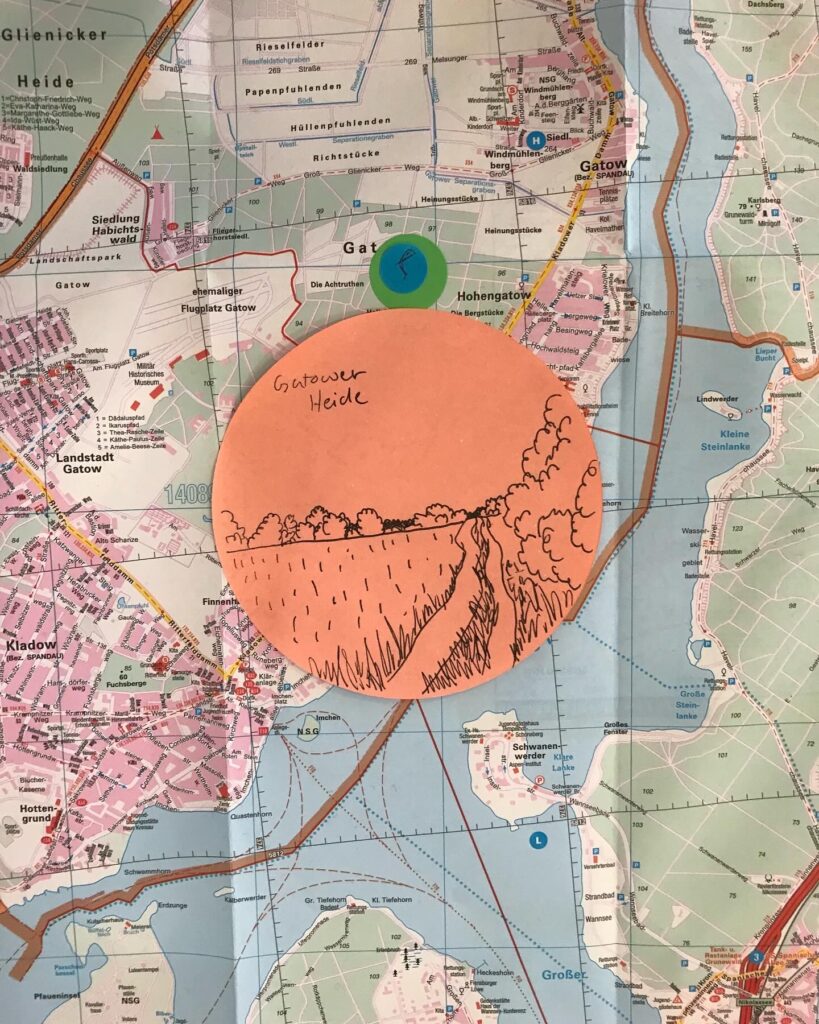
Afterwards, we presented the map to the other groups.
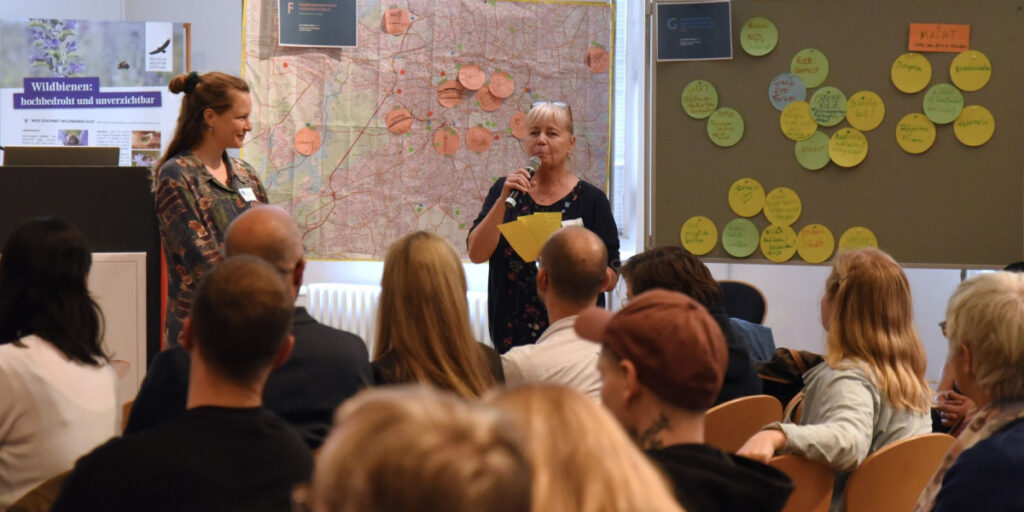
After the event, we compiled the locations we had collected and added the bee species that can be found there.
